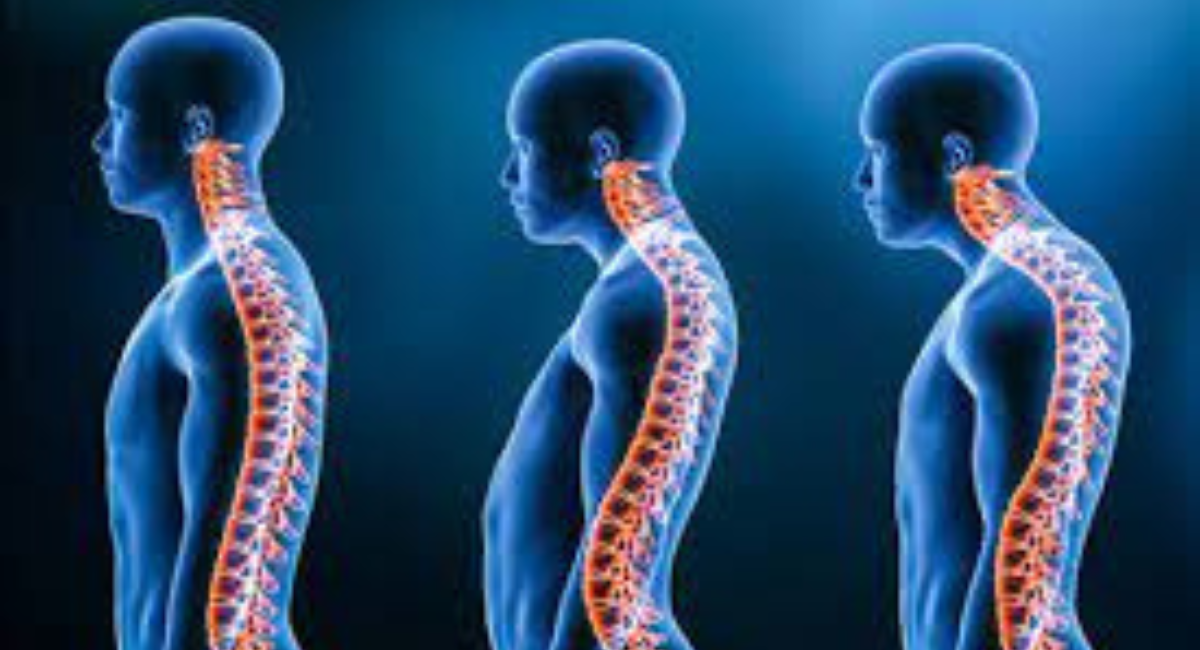Understanding Spine Deformities: Causes, Symptoms, and Treatment Options
The human spine is designed to provide strength, flexibility, and balance to our body. When viewed from the side, it has natural curves that act like shock absorbers, protecting the spinal cord and helping us move efficiently. But when these curves become exaggerated or misaligned, it leads to what we call spine deformities.
At Adam Vital Hospital, we see many patients who come in with back pain, uneven posture, or breathing difficulties—often unaware that these issues are linked to an underlying spinal deformity. While some deformities are mild and manageable, others can significantly impact quality of life if left untreated.
Let’s take a closer look at what spine deformities are, their causes, symptoms, and the treatment options available.
Causes of Spine Deformities
Spinal deformities may appear at any stage of life, from childhood to adulthood. Some of the common causes include:
Congenital Factors
Some children are born with vertebral malformations that cause the spine to curve abnormally.
Idiopathic Causes
In many scoliosis cases, the exact cause is unknown. This type is most common in teenagers during growth spurts.
Degenerative Changes
As people age, arthritis, osteoporosis, or disc degeneration can lead to spinal deformities.
Neuromuscular Conditions
Disorders such as cerebral palsy, muscular dystrophy, or spinal cord injuries can result in abnormal spinal alignment.
Trauma or Injury
Accidents or fractures can disrupt the normal curvature of the spine.
Postural Habits
Long-term poor posture can contribute to mild spinal misalignment, though severe deformities are usually linked to structural causes.
Symptoms of Spine Deformities
The symptoms of spine deformities vary depending on the type and severity of the condition. Some patients may have only cosmetic changes, while others experience significant physical challenges.
Common Symptoms Include:
Uneven shoulders, waist, or hips
Visible hump or curve in the spine
Forward head posture or hunched back
Back pain or stiffness, especially after activity
Clothes fitting unevenly
Numbness, tingling, or weakness in the limbs (in severe cases where nerves are compressed)
Fatigue, as muscles work harder to support the misaligned spine
Breathing difficulties (in advanced scoliosis or kyphosis, where the chest cavity is compressed)
Many people dismiss these signs as “normal posture issues,” but when left unchecked, spinal deformities can worsen over time.

When Should You See a Specialist?
Early detection is critical in managing spine deformities. You should consider seeing a spine specialist if you or your child has:
A visible curve in the back
Persistent or worsening back pain
Difficulty maintaining balance or posture
Uneven shoulders, hips, or ribs
Complaints of fatigue or difficulty breathing during activities
Even mild symptoms should not be ignored, as timely intervention can prevent progression and complications.
Diagnosis of Spine Deformities
At Adam Vital Hospital, our spine specialists perform a comprehensive evaluation, which includes:
Physical Examination: Checking posture, gait, flexibility, and visible curvature.
Imaging Tests: X-rays, MRI, or CT scans to measure the degree of spinal curve and detect any nerve involvement.
Functional Assessments: Evaluating breathing capacity and muscle strength when necessary.
This thorough assessment helps determine the severity of the deformity and guides the treatment plan.
Treatment Options
The treatment for spine deformities depends on several factors, including the patient’s age, the severity of the curve, and whether the deformity is progressing.
1. Observation
Mild deformities may not require immediate treatment. Instead, regular monitoring ensures the condition does not worsen over time.
2. Bracing
For growing children and adolescents, a custom brace may help prevent further progression of scoliosis or kyphosis. While it does not correct the curve, it helps control it during growth years.
3. Physiotherapy and Exercise
Specialized physical therapy strengthens the muscles around the spine, improves posture, and reduces discomfort. At Adam Vital Hospital, our physiotherapy team creates tailored exercise programs that enhance flexibility and stability.
4. Medications and Pain Management
Anti-inflammatory medications or targeted injections may be prescribed to relieve pain associated with degenerative spinal conditions.
5. Surgical Intervention
For severe deformities, surgery may be the most effective option. Procedures such as spinal fusion or the use of rods and screws help realign and stabilize the spine. Surgery is typically considered when:
The curve is severe or worsening rapidly
Symptoms like nerve compression or breathing issues are present
Quality of life is significantly affected
Living with a Spine Deformity
Many patients with spine deformities live active, fulfilling lives with the right treatment and lifestyle modifications. Simple steps like maintaining a healthy weight, practicing good posture, engaging in low-impact exercise, and attending regular check-ups can make a tremendous difference.
At Adam Vital Hospital, we combine advanced medical care with patient education and rehabilitation support, ensuring every patient feels confident in managing their condition.
Final Thoughts
Spine deformities can be intimidating, but they are not the end of a healthy, active life. From scoliosis to kyphosis and lordosis, understanding the early symptoms and seeking timely medical care is the key to effective management.
At Adam Vital Hospital, our team of orthopedic and spine specialists is dedicated to providing world-class diagnosis, treatment, and long-term care for spine deformities. Whether you or your child is dealing with a mild curve or a more advanced condition, we are here to guide you every step of the way.
Your spine is central to your body’s health—take care of it today for a better tomorrow.
Comments
Post a Comment